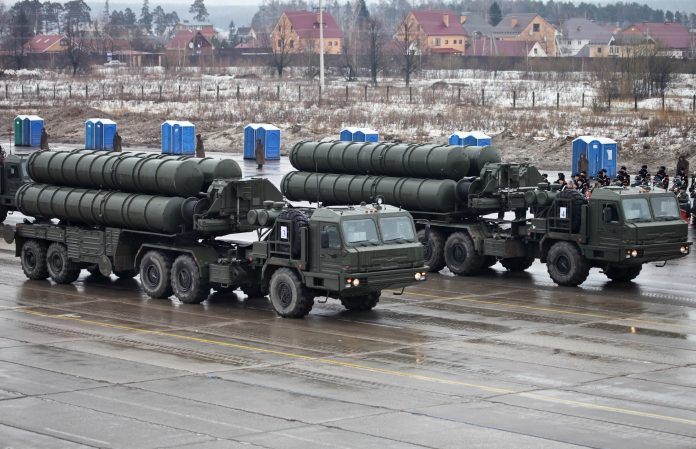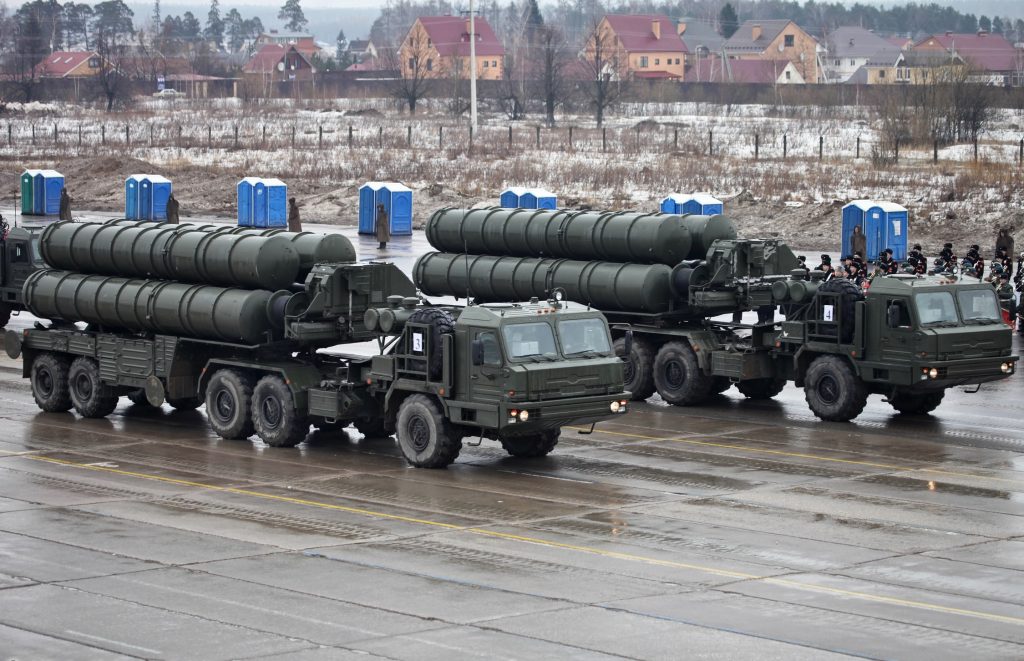
It’s a rare thing for a billion-dollar air defense system to be upstaged by a few drones, but that’s what happened in Crimea back in June. The world saw Ukraine’s Ghosts unit, as ominously named as their tactics are brutal, destroy Russia’s so-called invincible S-400 Triumf, causing military planners and defense tech geeks to scramble for notebooks. The mission was more than a strategic victory; it was an elegant demonstration of how flexibility and fast thinking can outmaneuver even the best hardware.
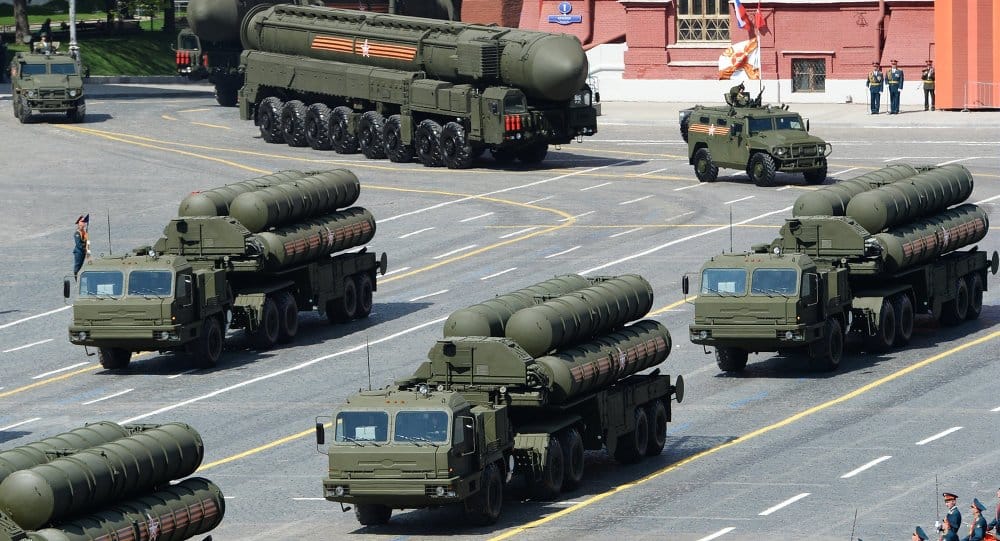
This operation has not just unveiled vulnerabilities in Russia’s multi-layered defence, but also re-written the rulebook for new-generation warfare. And as the dust finally settles, an all-new series of lessons become clear, trashing the very foundations of conventional deterrence and charting the course of the future of air defense. Below are seven key takeaways from the operation that defence specialists and military technologists can’t possibly ignore.
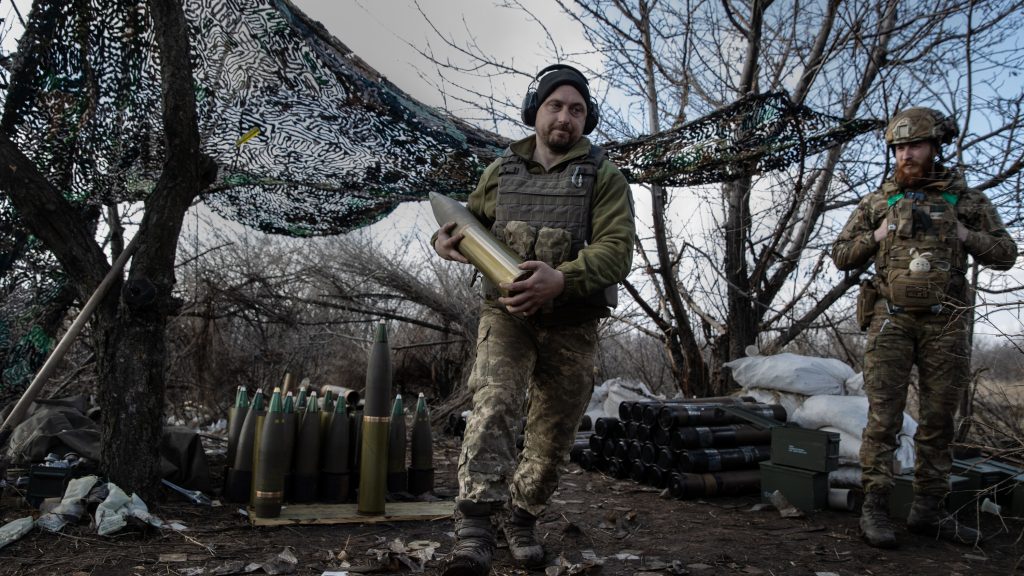
1. Ghosts in Action: Anatomy of the Strike
On June 26, 2025, Ukraine’s Ghosts special forces coordinated a targeted drone strike against a Russian S-400 air defense system in occupied Crimea. Euromaidan Press reported that the attack was focused against the system’s most prized assets: two 91N6E ‘Big Bird’ long-range acquisition radars, two 92N6E multifunction fire control radars, and a launcher. As the HUR explained, “Radars are the eyes of an enemy air defense system.”. It needed its proxies to do the dirty work.” Without them, air defense systems are useless.” The attack, mounted in rapid succession with suicide drones, overwhelmed local defense and left Russia’s air defense posture in Crimea severely exposed.
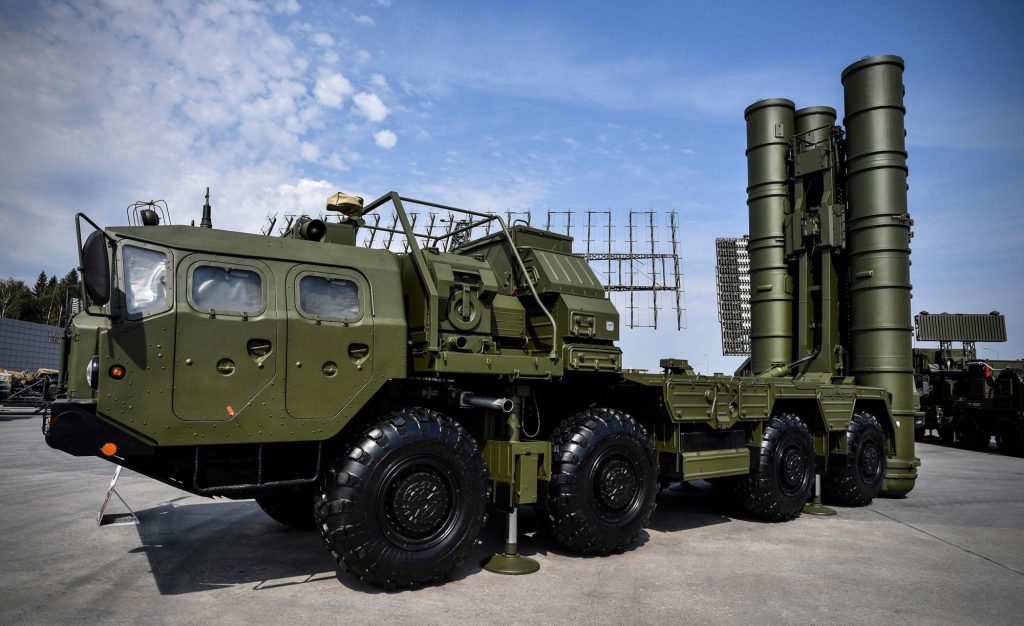
2. S-400’s Weakness Exposed
The S-400 Triumf, presented as a virtually impenetrable shield, was exposed as being vulnerable to low-cost, agile threats. The loss of two 91N6E radars, which were able to track targets at 600 kilometers, created instantaneous blind spots, and the elimination of two 92N6E fire control radars limited missile guidance functionality. Experts noted that the S-400’s reliance on high-powered, fixed sensors with large electromagnetic signatures made them vulnerable to electronic intelligence and precision targeting. The operation revealed the system’s vulnerable area: lack of close-range defense against low-flying, swarming drones, as discussed in Bulgarian Military.
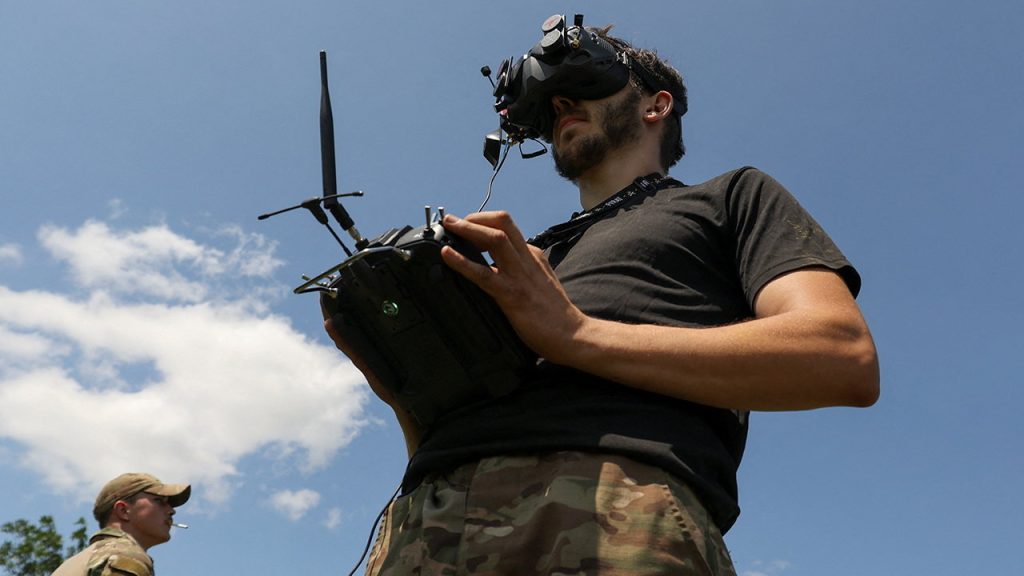
3. Asymmetric Warfare: Inexpensive Drones versus Expensive Defenses
Ukraine’s move is the pinnacle of asymmetric warfare. The Ghosts firm likely used FPV (first-person view) drones most likely flown from naval carriers, bypassing conventional defenses a tactic confirmed by Euromaidan Press. These drones, costing a fraction of what the components in the S-400 cost, were able to inflict disproportionate harm. As MSN said, “The age of dominance through sheer firepower is being replaced by an age of battlefield creativity and flexibility.” The success of the operation underscores the ability of creative, low-cost platforms to disrupt even the most advanced military technologies.
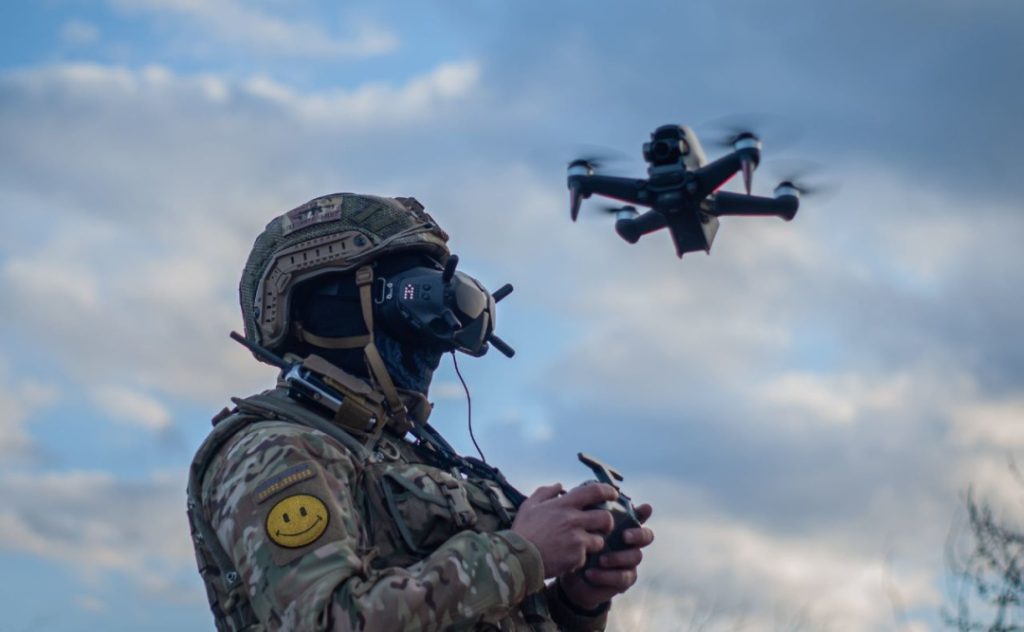
4. The Ghosts’ Playbook: Intelligence, Precision, Saturation
Ghosts unit’s tactics are based on stealth, live intelligence, and saturation in coordination. Before the attack, reconnaissance drones or satellite imagery would most likely have been used to locate radar positions. The attack itself was in successive, quick waves, saturating local defenses and maximizing the odds of success. This new tactic, which has become a signature of Ukrainian drone warfare, is increasingly hobbling Russian air defense capabilities in Crimea, according to Bulgarian Military and Global Security Review.
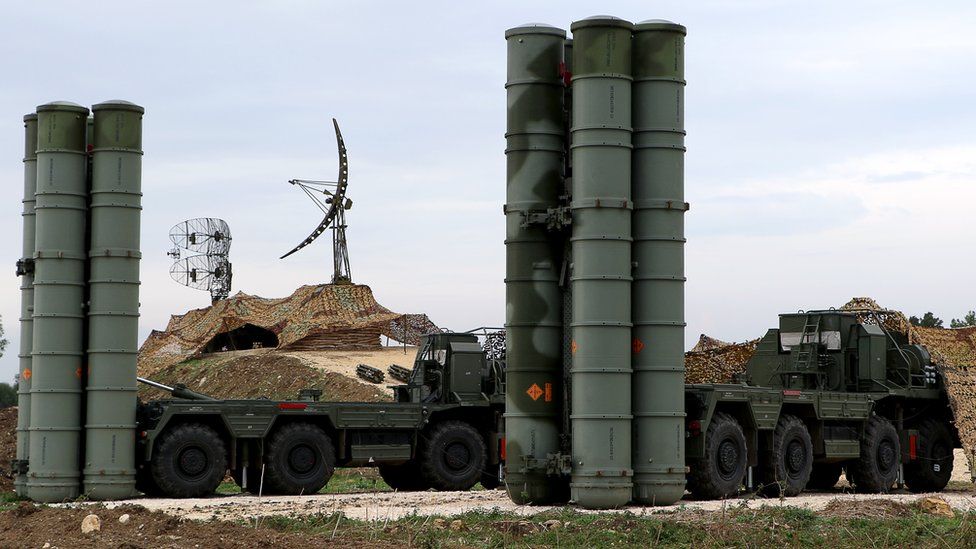
5. Russia’s Struggle to Catch Up
Russian forces have responded with electronic warfare equipment and jammers, but these measures lag behind Ukraine’s elevated rate of innovation. While rates of intercepts have risen, top assets like strategic bombers and S-400 radars remain open to organized, multi-axis drone attacks. Economic gap is stark: Ukrainian drones force Russia to employ far more costly interceptors, placing logistical and fiscal strain. The loss of irreplaceable systems such as the 91N6E radars enhances Russia’s strategic vulnerabilities, MSN reports.
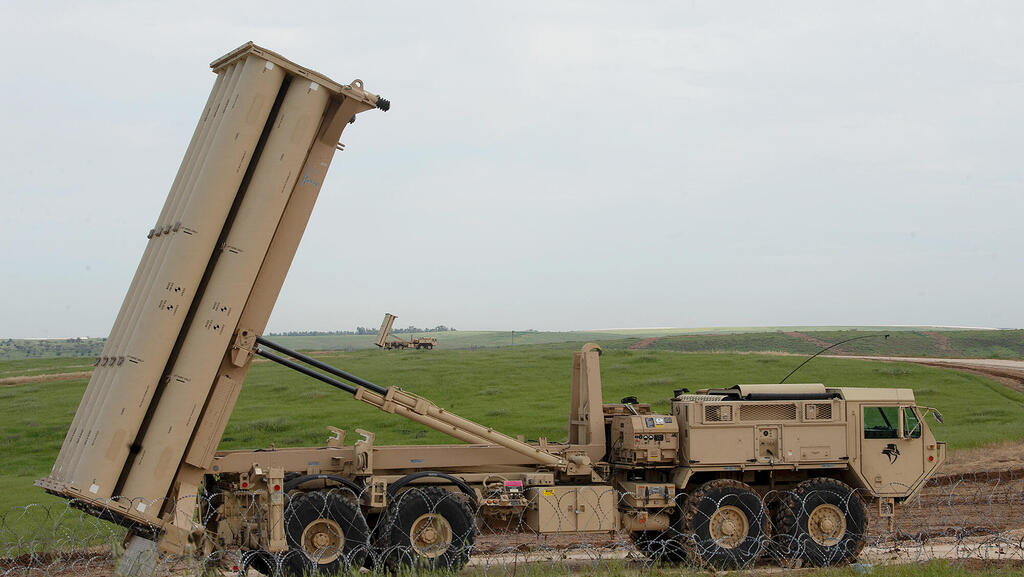
6. Strategic Shockwaves: Lessons for NATO and Global Defense
The consequences of the operation extend far beyond Crimea. Western system survivability in similar threat environments is now being questioned by defense strategists with threats such as the Patriot and THAAD systems. As Bulgarian Military and AINVEST observe, the attack is a wake-up call to single-stop, multi-layered defense that unites long-range sensors, smart counter-drone capabilities, and robust electronic warfare. The S-400 weakness is compelling NATO planners to rethink strategic asset protection against future air threats.
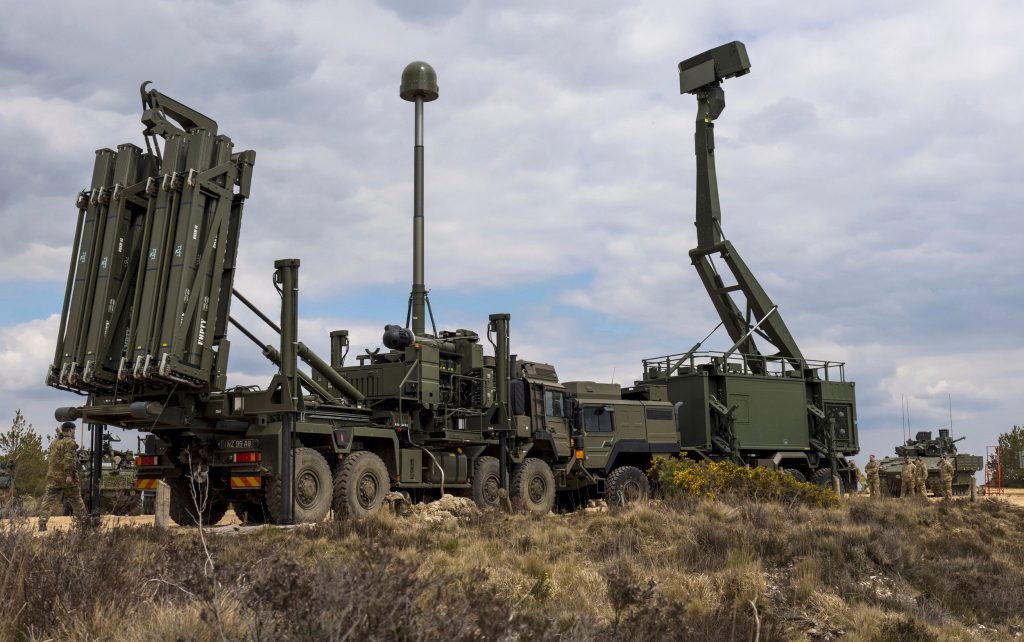
7. The Future of Air Defense: Decentralization and Innovation
The success of the Ukrainian operation portends a revolution. The air defense of the future will depend not only on technological sophistication but on decentralization, agility, and rapid innovation. As Global Security Review points out, “The future of deterrence will depend on the ability to adapt rapidly, consolidate non-linear responses to threats, and create flexible defense systems.” For Russia, that means rebuilding under economic and industrial pressure; for Ukraine and the Western allies, the need is to remain on top through continued technological and tactical innovation.
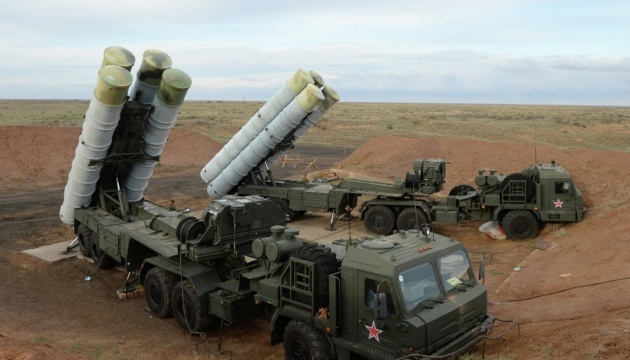
The June 2025 aerial strike against Russia’s S-400 in Crimea marks a turning point in the history of contemporary warfare. The strike demonstrates that unconventional thinking, adaptability, and cheap innovation can bypass even the most celebrated defenses. With militaries everywhere absorbing these lessons, the balance between offense and defense is being rewritten in real time, and the future of air defense will be controlled by those who master adapting the fastest to this new reality.
